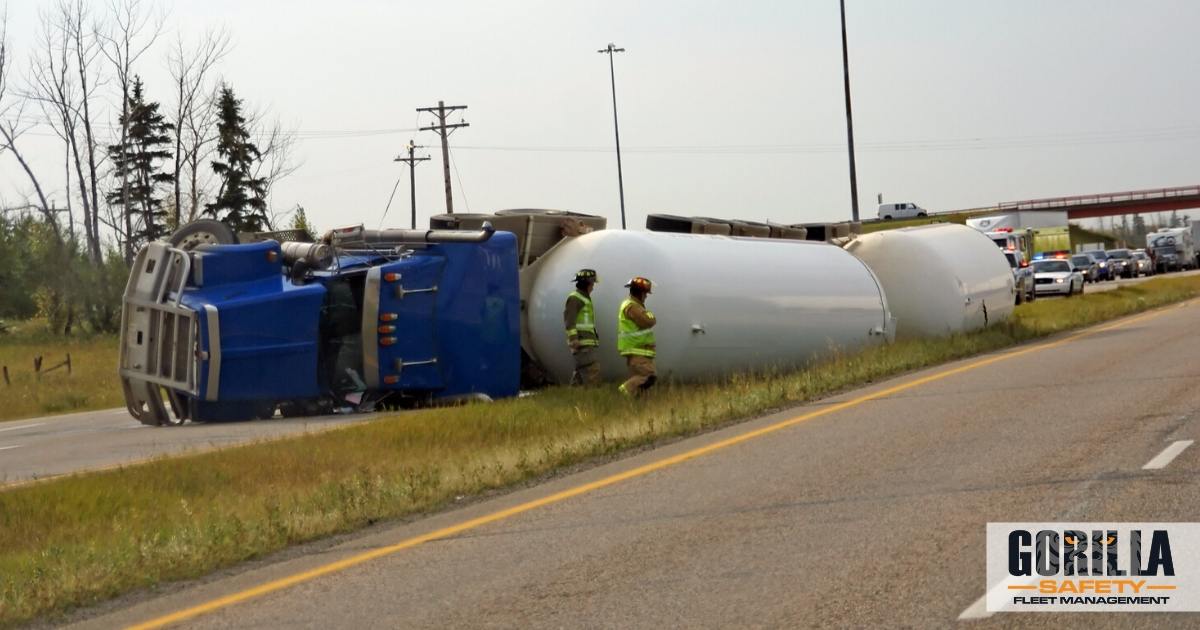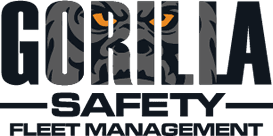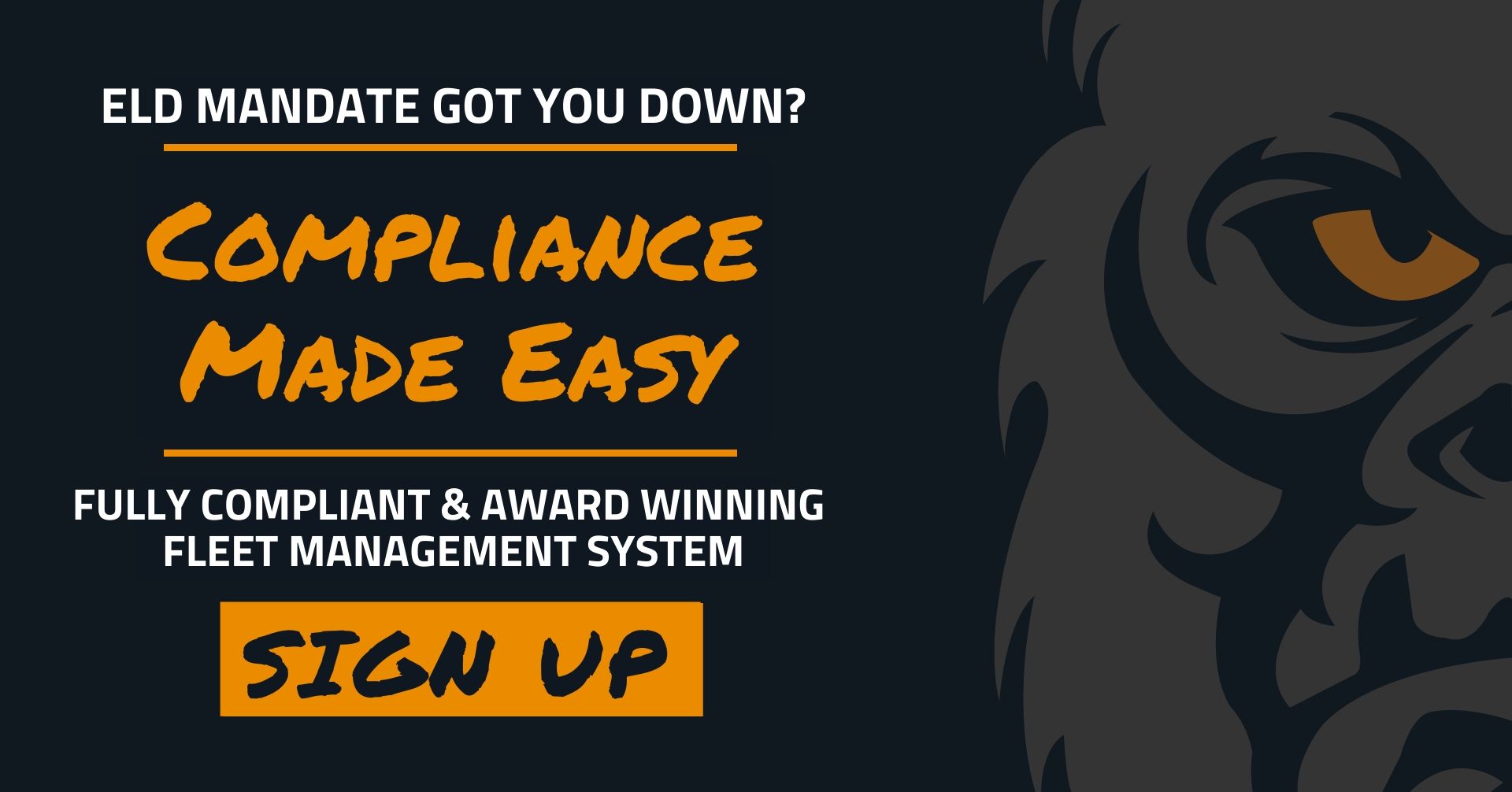
No matter how hard you and your drivers work to prevent accidents on the road, they happen. What your driver does in the immediate aftermath can make the difference in what happens later — lawsuits, settlements, insurance disputes, and more. Now is a good time to review your accident procedures and prepare for future accidents.
Here’s what you need to know.
What to Include in Your Accident Procedure
Put this in writing and make sure it’s available to every driver, no matter where they are. The Document Management feature as part of the Gorilla Safety fleet management system makes this easy.
Stop and Park Safely
Unless first responders or a sign indicate otherwise, don’t move your truck from the crash site. Pictures need to be taken, and a police officer needs an idea of what has happened. Plus, moving your vehicle to the wrong location could cause another accident.
Remember You’re on Duty
Even after an accident, a driver is still on duty, and they’re at work. It’s important that drivers remain calm and be mindful of what they say to witnesses or the other driver. Don’t take blame, even if you’re at fault, and avoid even a simple, “I’m sorry.” In today’s world, this could be construed as accepting blame and be used against the fleet later in a lawsuit.
Secure the Scene
As soon as it’s safe to do, put out reflectors. You may be in the process of calling 911 or getting help, but get to your reflectors so you’re more visible on the road. This helps prevent a second accident and encourages other drivers to show caution — and move to the other lane if possible.
Get Help
Call 911 as soon as you can. If you have no cell signal but witnesses have stopped, don’t hesitate to send people in multiple directions to find help. At the same time, fleets should consider training drivers to administer basic first aid and require first aid kits in the cab. Not helping because of liability fears won’t look good if you go to court.
Get Important Information
Drivers need to get both driver and witness information. Though they may want to wait for the police to arrive before talking to the driver. Name, address, insurance information, license plate number, contact info — make sure your drivers know exactly what they need to get from people at the site of the accident.
Take Plenty of Photos
With a smartphone in every hand, getting photographs and even video after an accident is easier than ever. Your accident procedures should outline what kind of photos you need: both vehicles, the road, injuries, signs, and other important information.
Notify the Company
Don’t expect a driver to call in about an accident before they secure the scene or call 911. But as soon as possible after that, they should be on the phone to let you know about the accident.
Use the Right Tools
Now that you have updated accident procedures, it’s time to upgrade your tools you use to deal with accidents, too. This is where Gorilla Safety’s Accident Investigation feature comes in handy. All of the information a driver gathers can be input into the app, including pictures and video. You’ll have the details you need for the call to the insurance company. Even better, the information will be fresh so when the other driver decides to sue in a few months, you’ll have the details taken on the day of the accident — for anyone who’s memory gets hazy after the fact.
Resolve accident claims faster and with better outcomes with the Gorilla Safety app and fleet management system. You never want to have an accident, but when you do, the right tools make the process easier and faster. Get started with Gorilla Safety today and find out everything that we can do for your fleet.

